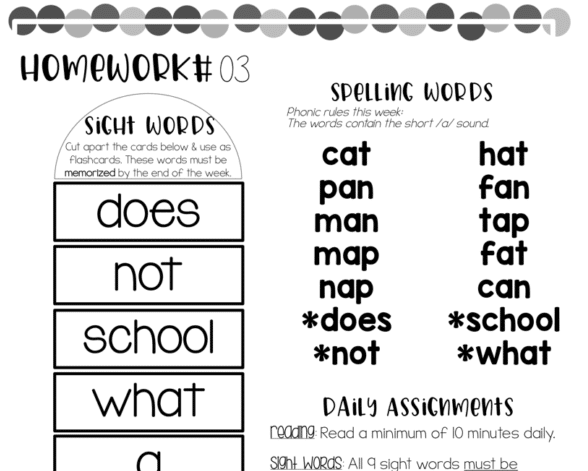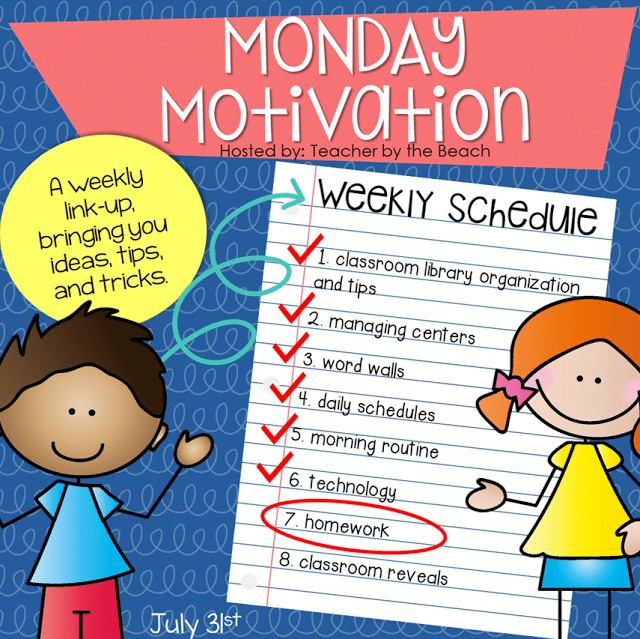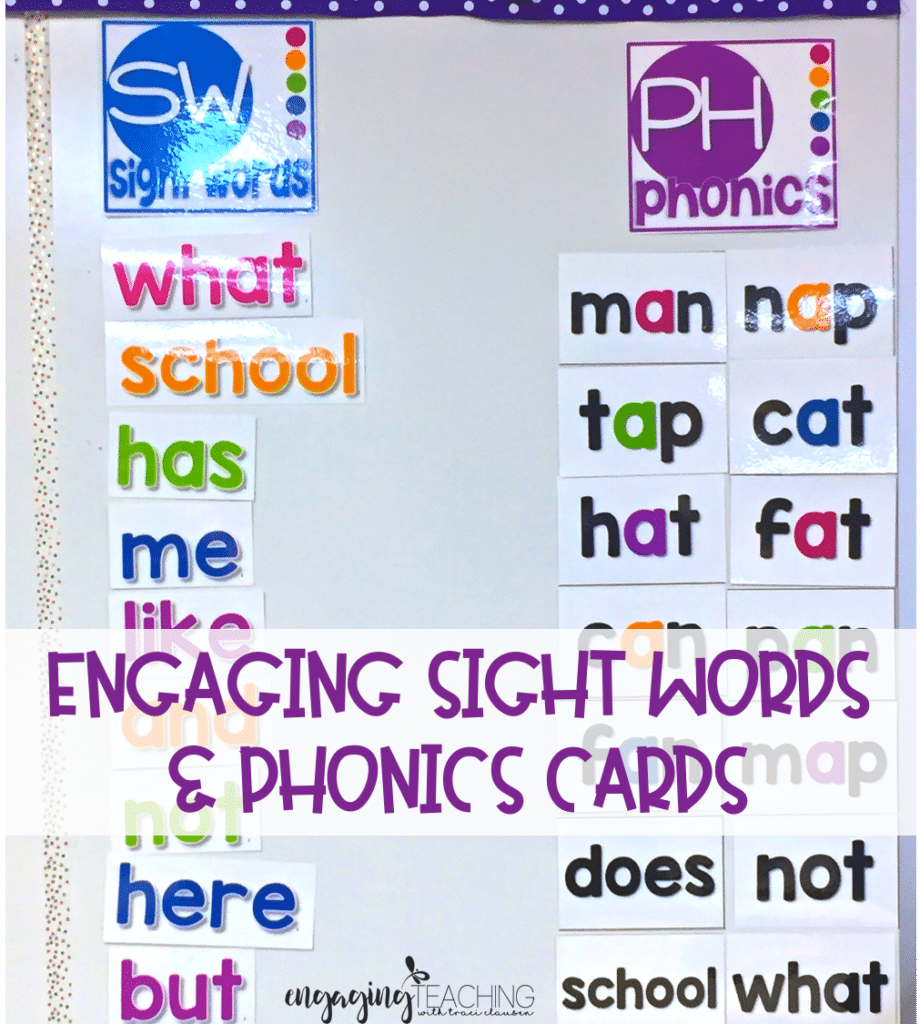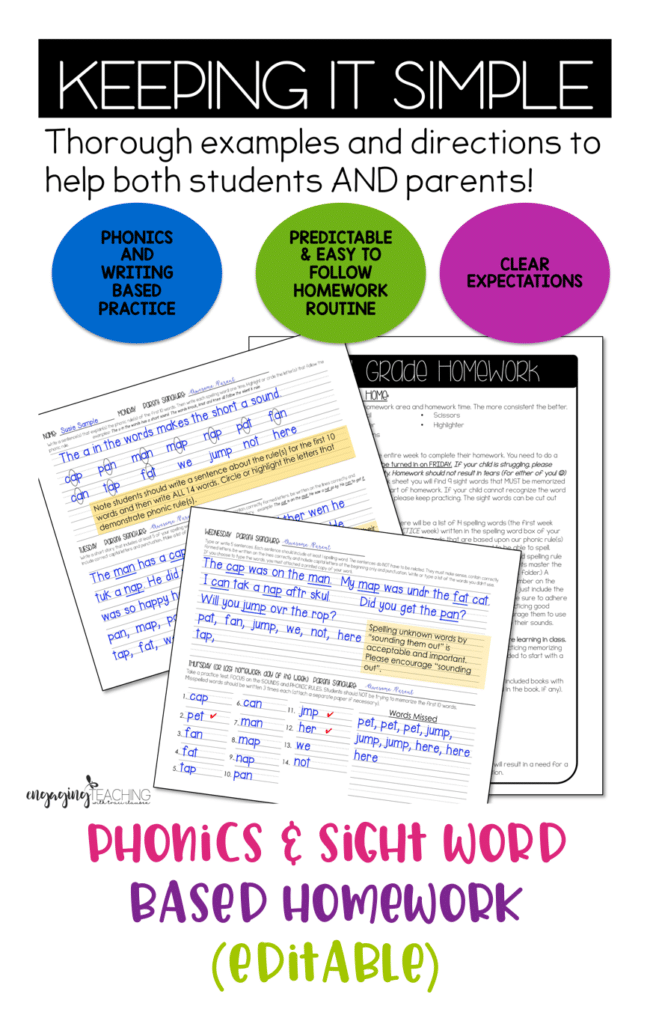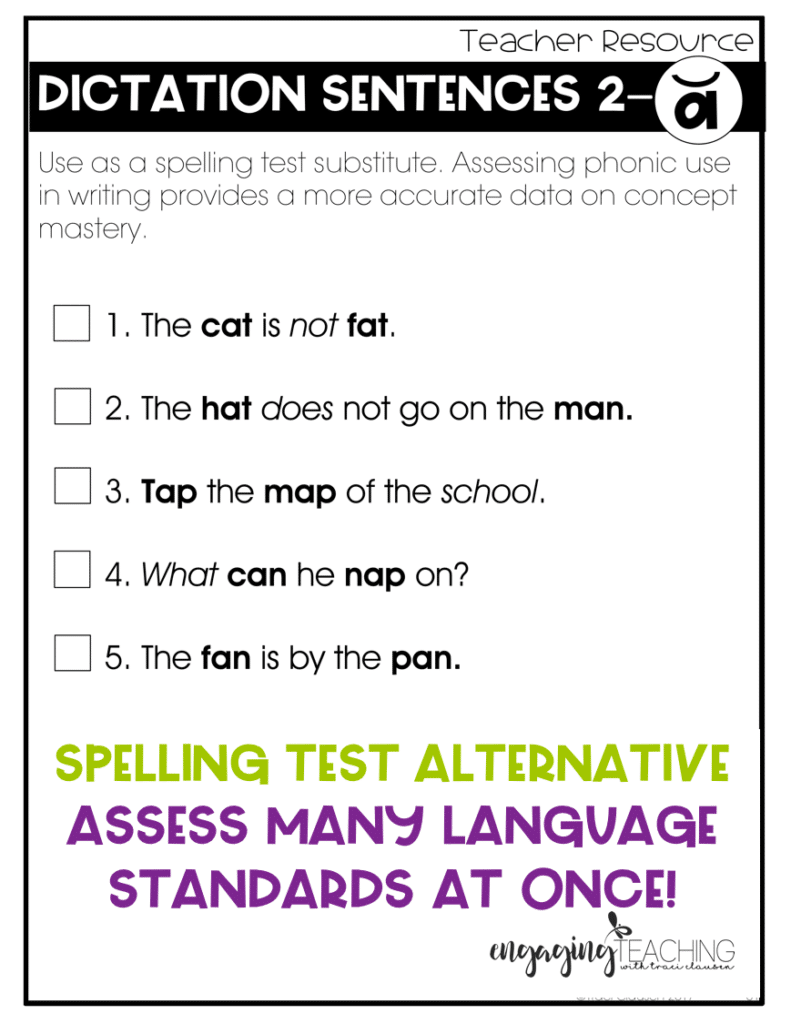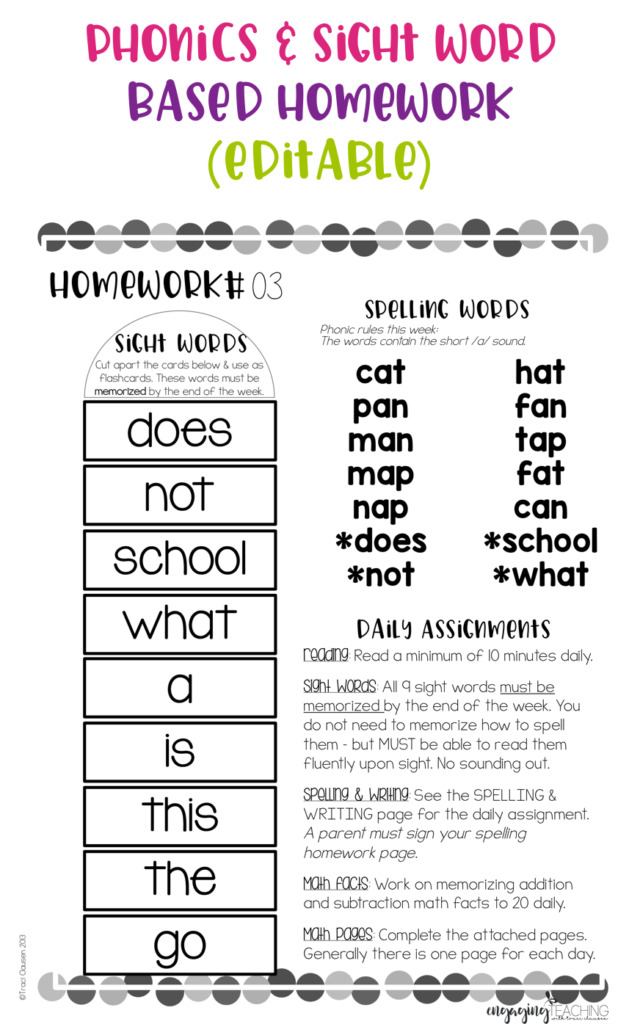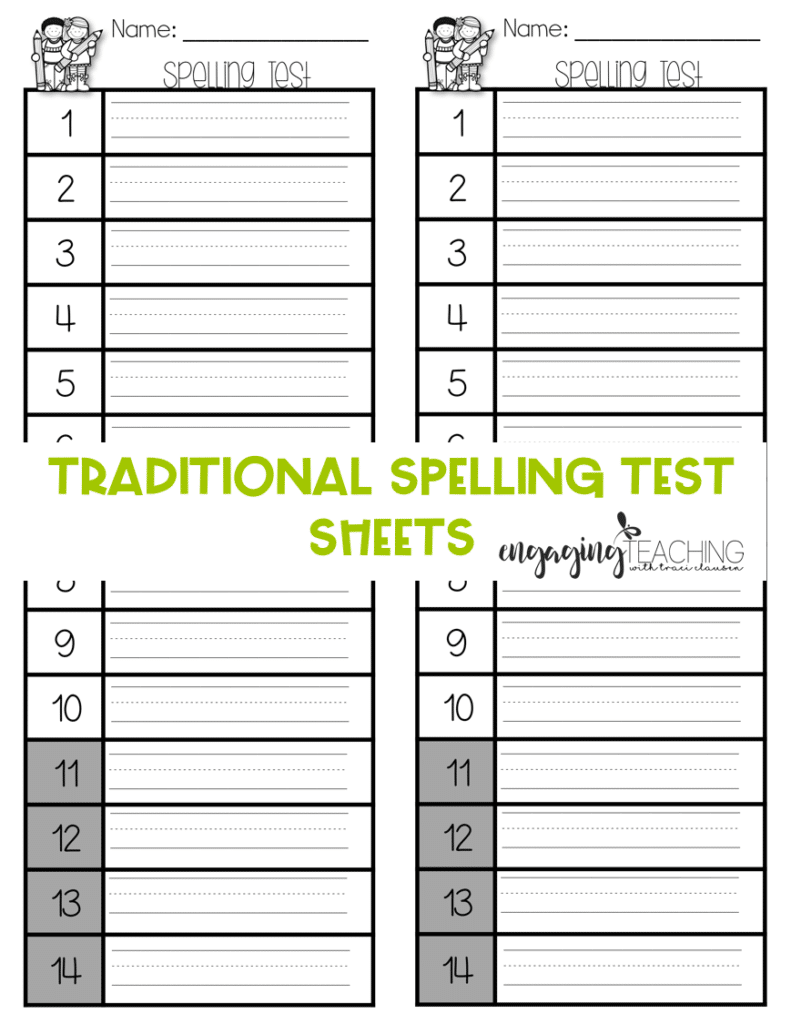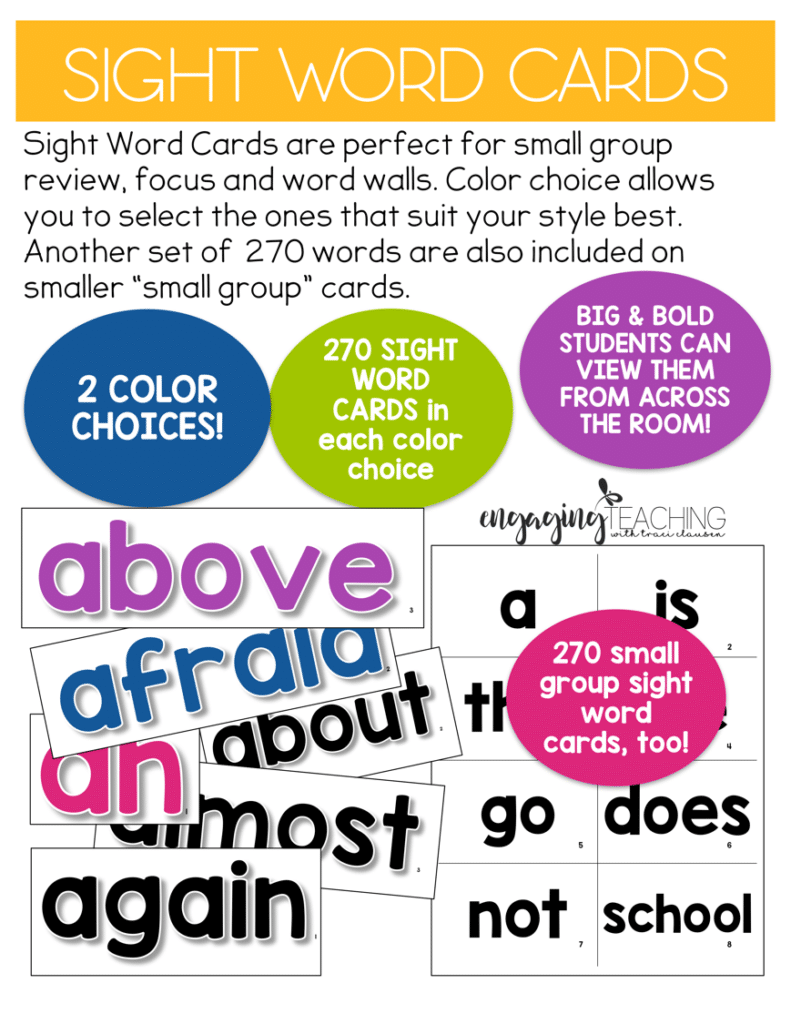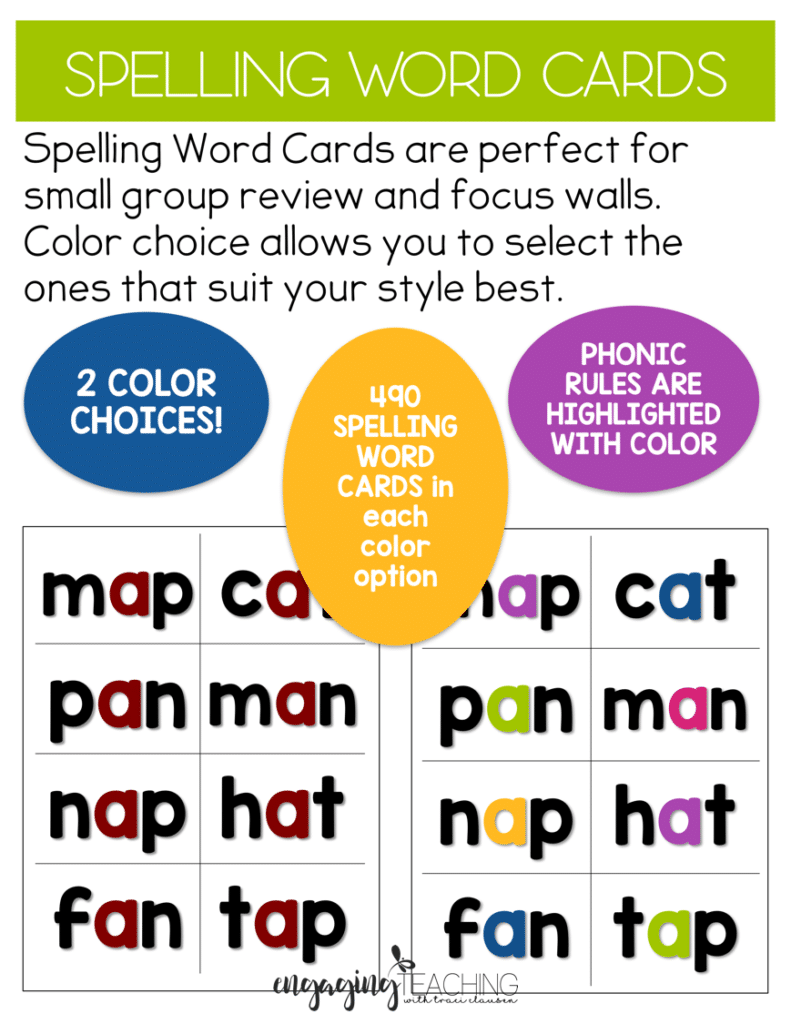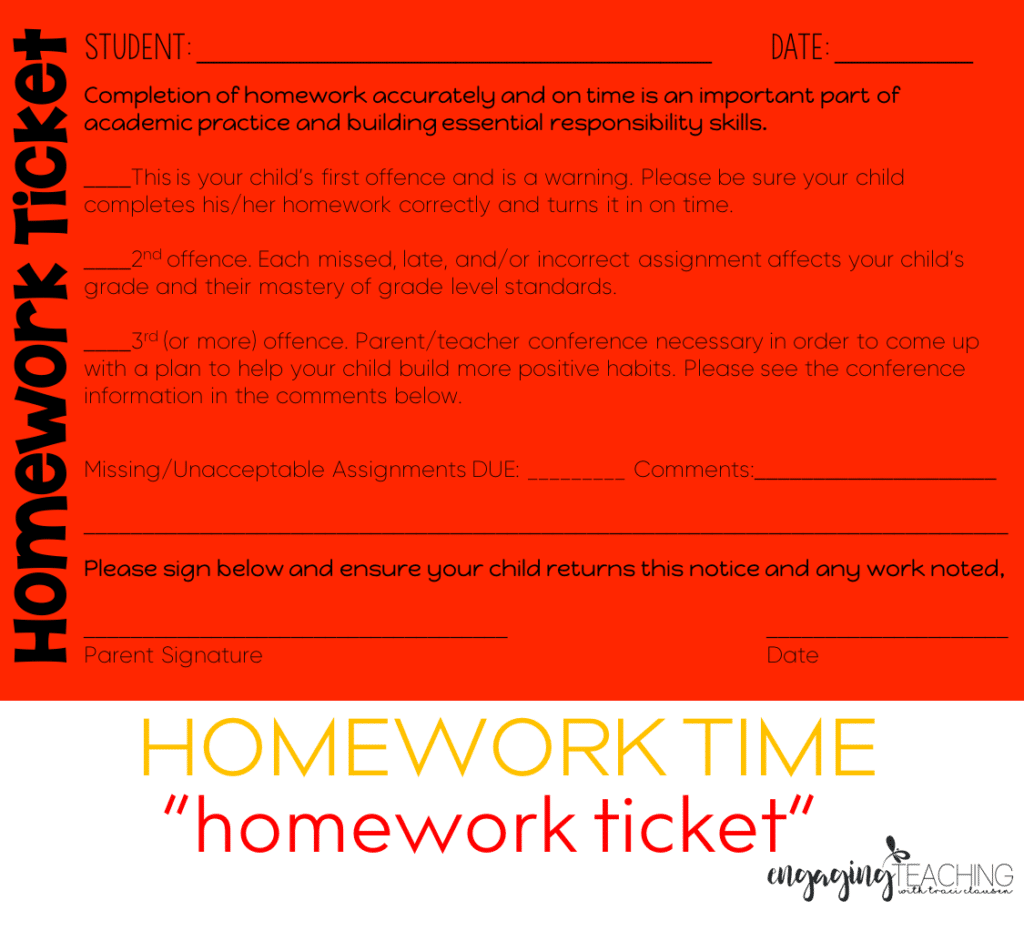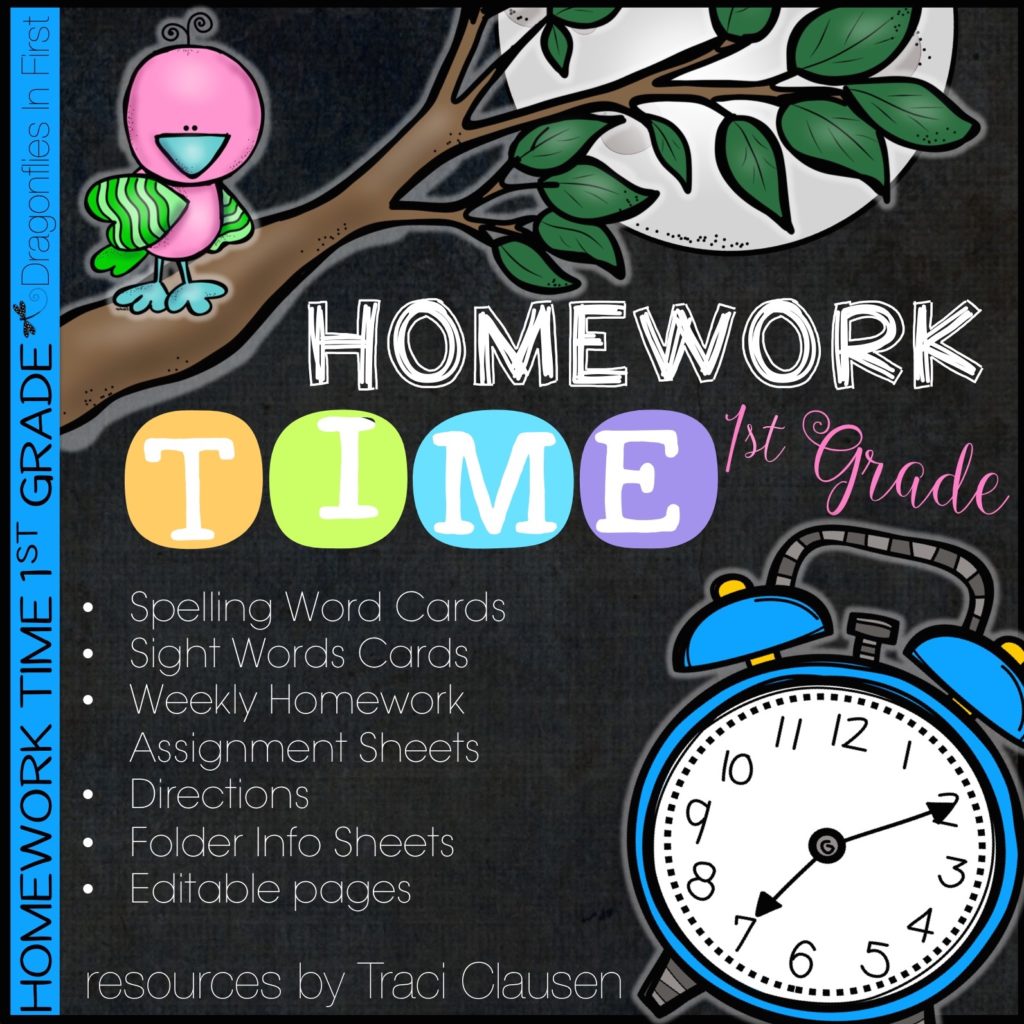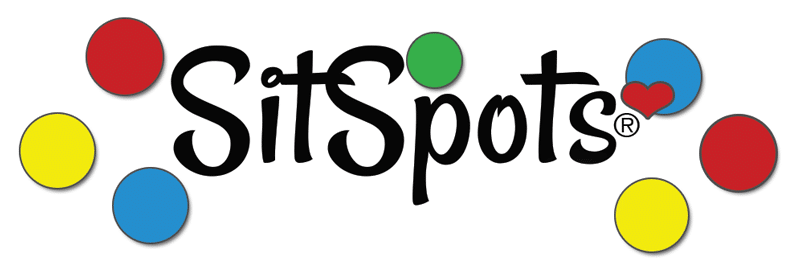I’m joining Jen from Teacher on the Beach for Monday Motivation. This week it’s all about homework. I have some serious issues with homework for primary kids. Do you?
I’m not a fan of homework for the little ones, so I do my best to keep it simple yet effective… and quick. I also give my above grade level kiddos the option of no homework – however most of their parents don’t take that option.
SIMPLISTIC, YET EFFECTIVE ROUTINE
I like to keep homework routine so ALL of my kiddos can do it completely on their own. Let’s face it, the ones that need to do it the most usually don’t, or have help with every single thing. Because of that, my routine is simple and comes with strict instructions that they do it on their own.
I build homework around phonics and writing. Each week we study specific phonic skills. I use words that contain the rule(s) we are working on in addition to sight words. Our language arts adoption is McGraw-Hill’s Wonders Reading program. My phonics and sight word routine follows the same pacing. However, I beef it up with additional words.
I use business card magnets (cut up) – {these cheap ones work just as well as the more expensive ones – Amazon affiliate link} on the back of my phonics cards and tacky putty {I think the LocTite brand works best – Amazon affiliate link} on my sight words. Both sets of words stay on my focus wall white board for the week, then the sight word cards get moved to the word wall. That’s why I use the tacky putty on those.
Each week my kids learn 9 new sight words. At the end of the week take a little Dictation Test on 10 phonics based words and 4 of those sight words.
For homework, I assign the same nightly activities each week. I send home a paper where they record their answers.
MONDAY: Explain the phonic rule we are learning this week. Write all of the “spelling words”. Highlight or circle the phonic rule in each.
TUESDAY: Write at least 5 sentences containing at least 5 of the “spelling words”.
WEDNESDAY: Write a short story containing at least 5 of the “spelling words”. Try not to repeat the words from yesterday.
THURSDAY: Take a “Spelling Test”
APPLYING PHONICS TO WRITING AND LANGUAGE STANDARDS
I like this homework because it incorporates writing. Writing is so easily differentiated, so I can make this task more of a challenge for my higher-level students (more complex sentences, multi-syllable words that contain the same phonic rules, etc.) and simplify it a bit (fewer words, fewer sentences, etc.) for my strugglers.
I put “spelling words and test” in quotation marks because we don’t do a traditional spelling test. Like I’ve mentioned, we do context work with the words. I say a sentence that includes the words and they write that sentence. Showing that they can apply the phonic rule that we are learning. This aligns with our standards where traditional write the word activities do not.
I have these sentences (plus an alternate set) for every week in my Reading Foundation with Phonics Series. They are aligned with my weekly homework.
I attach a cover sheet to the record sheet that lists our phonic-based and sight words for the week.
Our math curriculum includes workbooks for extra practice. I tear out pages from that to send home for math homework. I usually send 1 page per night of homework.
With my struggling students, I send home little phonic-based readers. I also send home books with any student who tells me they don’t have any books at home. I can usually convince parents to take their kiddo to the public library and grab some books for their nightly reading assignment.
They are also required to practice math facts and memorize those 9 sight words. The cover letter includes sight word “flash cards” that they cut out and use to practice.
HOMEWORK FOLDERS
I like these plastic folders with prongs the best.
In the past I used the heavy paper pocket folders. I glued all of the extra components to the folder then laminated them.
HOMEWORK PHILOSOPHY
I explain to my parents that homework shouldn’t take any longer than 30 minutes. Additionally, I tell them, unless the child is struggling and I contact them to say otherwise, I don’t worry about when the kiddos complete it either. I “suggest” what to do each night, however if an extra-curricular activity eats up a lot of time on Tuesday, you may just want to do Tuesday’s homework on Monday or Wednesday.
I’m not strict about homework unless a child is struggling. If they are performing at or above grade level, I do not do much if homework is late or not perfect. However, if they ARE struggling, I meet with their parents and discuss how important it is that their child get plenty of extra practice at home. I pass out homework on Monday and it is due on Friday. I do not check to make sure they are doing it each day.
This is a bone of contention in education. The truth is, I don’t believe kids this young should HAVE to do homework if they are performing on or beyond grade-level. But, if we are going to continue to insist it be sent home (either because of parent insistence or District mandate), I want it to be meaningful – thus the writing – and easy to do on their own. The homework I send home is what I would assign my struggling students no matter what for extra practice. If my above level students/parents opt in to doing it, too – that’s totally ok. It’s easily adaptable to be a challenge for those kiddos.
Many times my kids ask if they can start their homework during the last 15 minutes of the day when they often get free choice. Most keep their homework in their backpacks at all times. I am TOTALLY ok with that.
Homework Time
In my TpT store you’ll find two different versions of Homework Time. The original version is slightly slower in pacing (short vowels for a longer period of time), the 2nd edition has a quicker pacing and follows McGraw-Hill Wonder’s scope and sequence (with a little extra). The two versions also differ slightly in “look”.
They include the items shown above and so much more:
*Homework cover sheets for each week (and an editable version as well)
*Homework folder items including samples, tips and 120 chart
*Instruction sheet for parents & students (editable version included)
*Student recording sheet (2nd edition includes special sheets for “short weeks” -weeks without Monday or without Thursday)
*Sight Word lists for homework folders AND lists broken down into 3 parts of the year for easy assessment
*Traditional Spelling Test forms
*Sight Word Cards in both color and black ink only – for Word Wall. There are 270 different cards in each version in the 2nd edition and 277 in the 1st edition (color version of 2nd edition matches the Vanilla Sherbet classroom decor) – Editable version included
*Smaller sight word cards for small group work – (270) black and white (2nd Edition Only) – Editable version included
*Bright Color and Black & Red versions of the phonics/spelling cards. There are 490 words in each version in the 2nd Edition and 470 in the 1st edition. (color denotes the phonic rule) – (color version of 2nd edition matches the Vanilla Sherbet classroom decor) – Editable version included
*A Scope & Sequence/Pacing Guide
*Homework Ticket (2nd Edition Only)
Ok, so I don’t really use this too often. This is more for that parent who isn’t helping out their kiddo and responsibility is not really showing up anywhere. Usually this bright red note is a good reminder. I’ve also used it a few times because someone other than the first grade student completed the homework. THAT really frustrates me.
Click to learn more about Homework Time in my TpT store .
How do you handle homework in your classroom?


